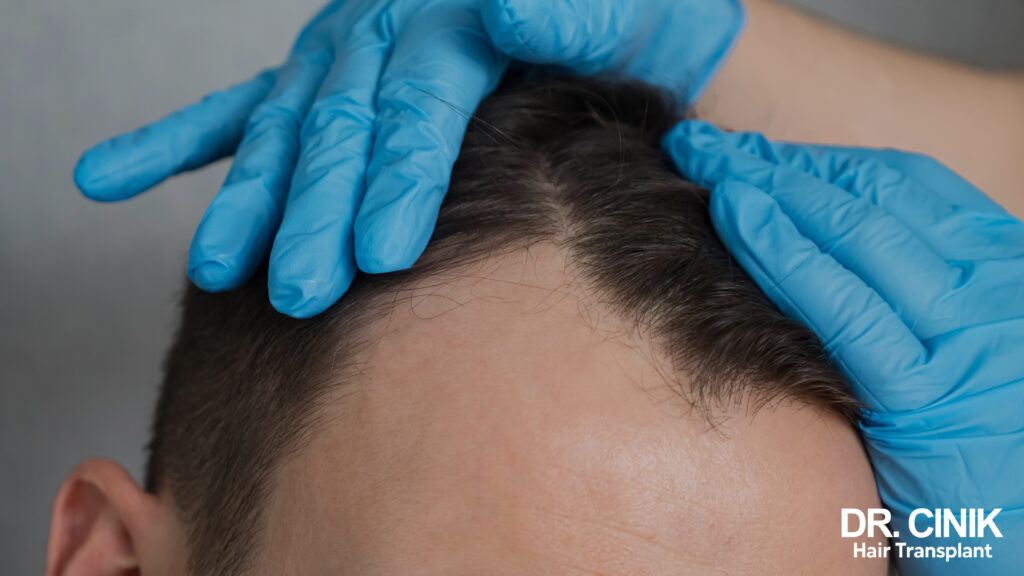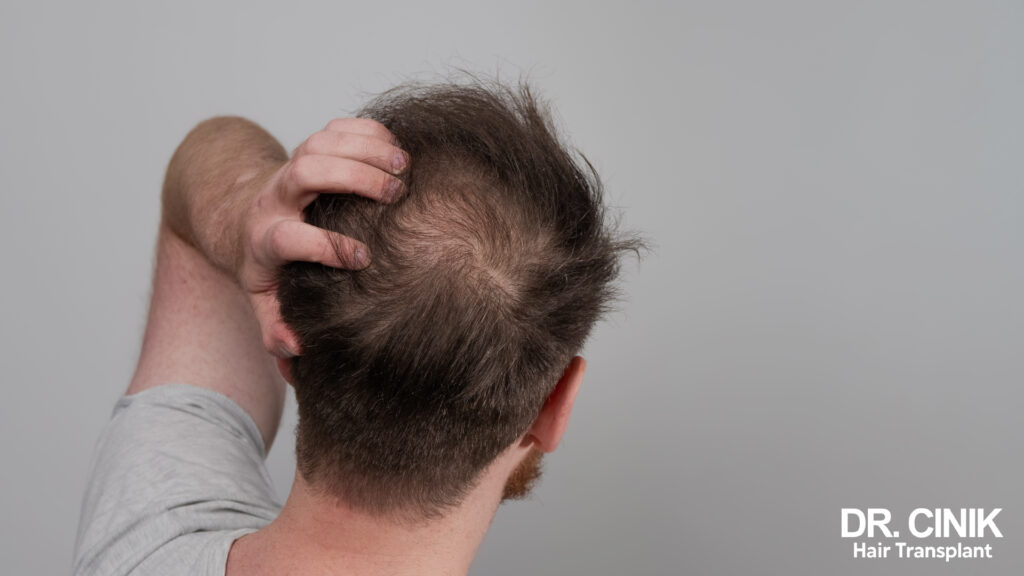Hair Transplant: Does It Hurt?
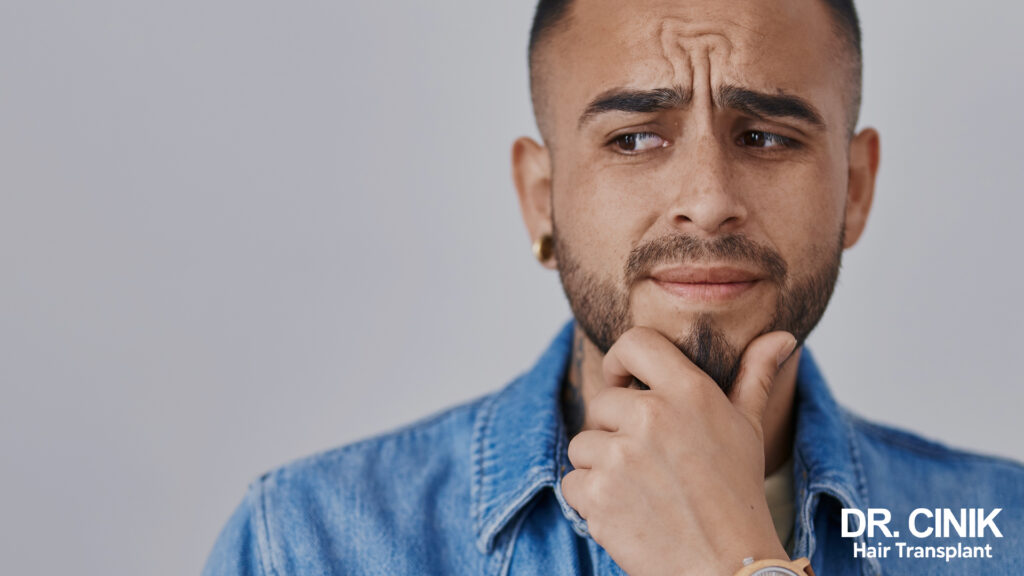
Sommaire
Rest assured, with modern techniques like FUE, hair transplantation has become practically painless. Find out why.
Pain During a Hair Transplant
Hair transplantation is often perceived as intimidating, mainly due to fear of pain. However, advances in anaesthesia techniques have made this procedure much more comfortable for patients.
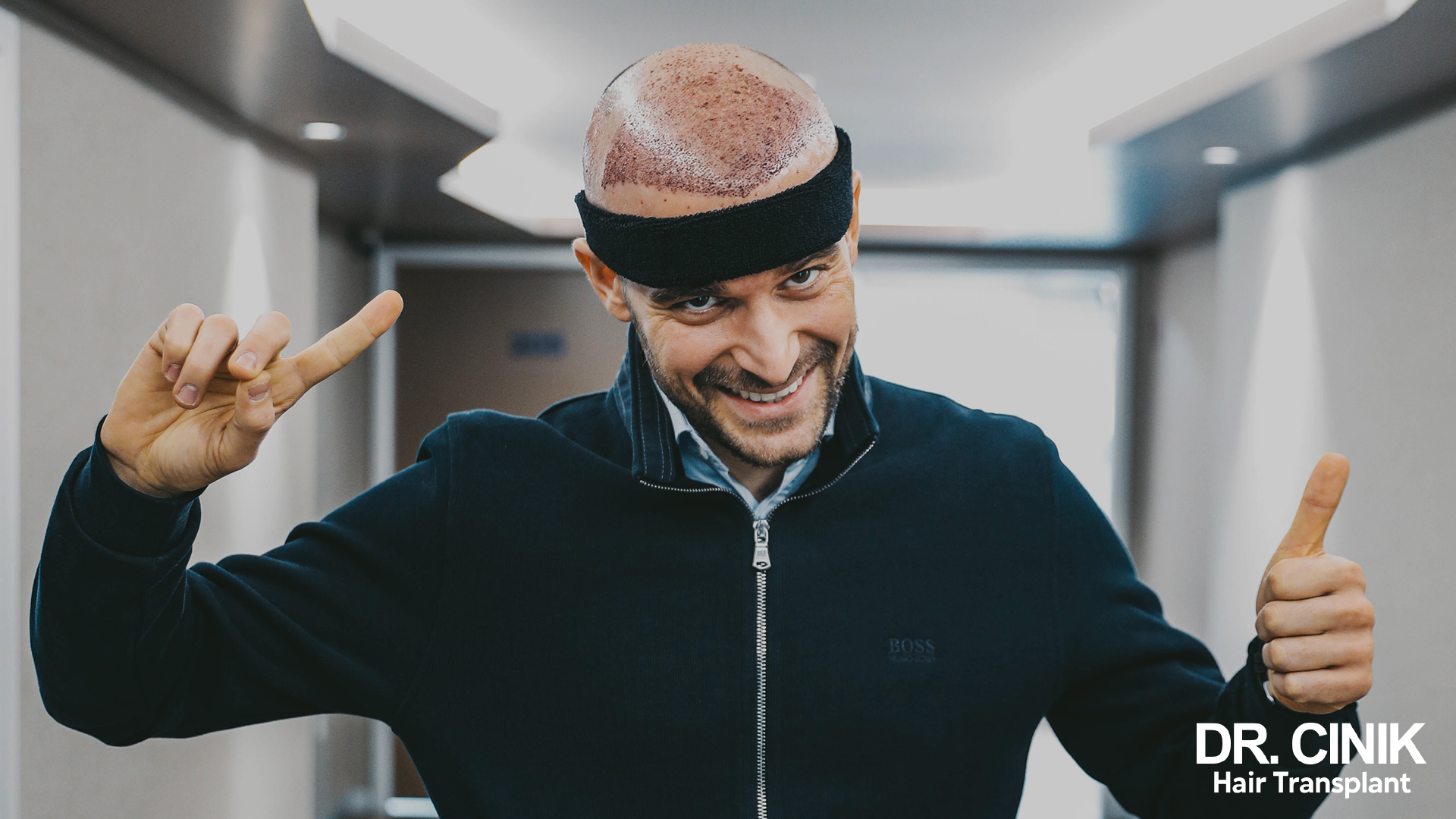
During Local Anesthesia
Local anaesthesia, the first step of the graft, can cause slight pain during the injection, comparable to that felt at the dentist. This discomfort is brief; once anaesthetics are administered, the area becomes numb. Dr. Cinik uses the anaesthesia without needle technique, which allows the anaesthetic to be administered by high-pressure spraying, eliminating the discomfort of traditional injections.
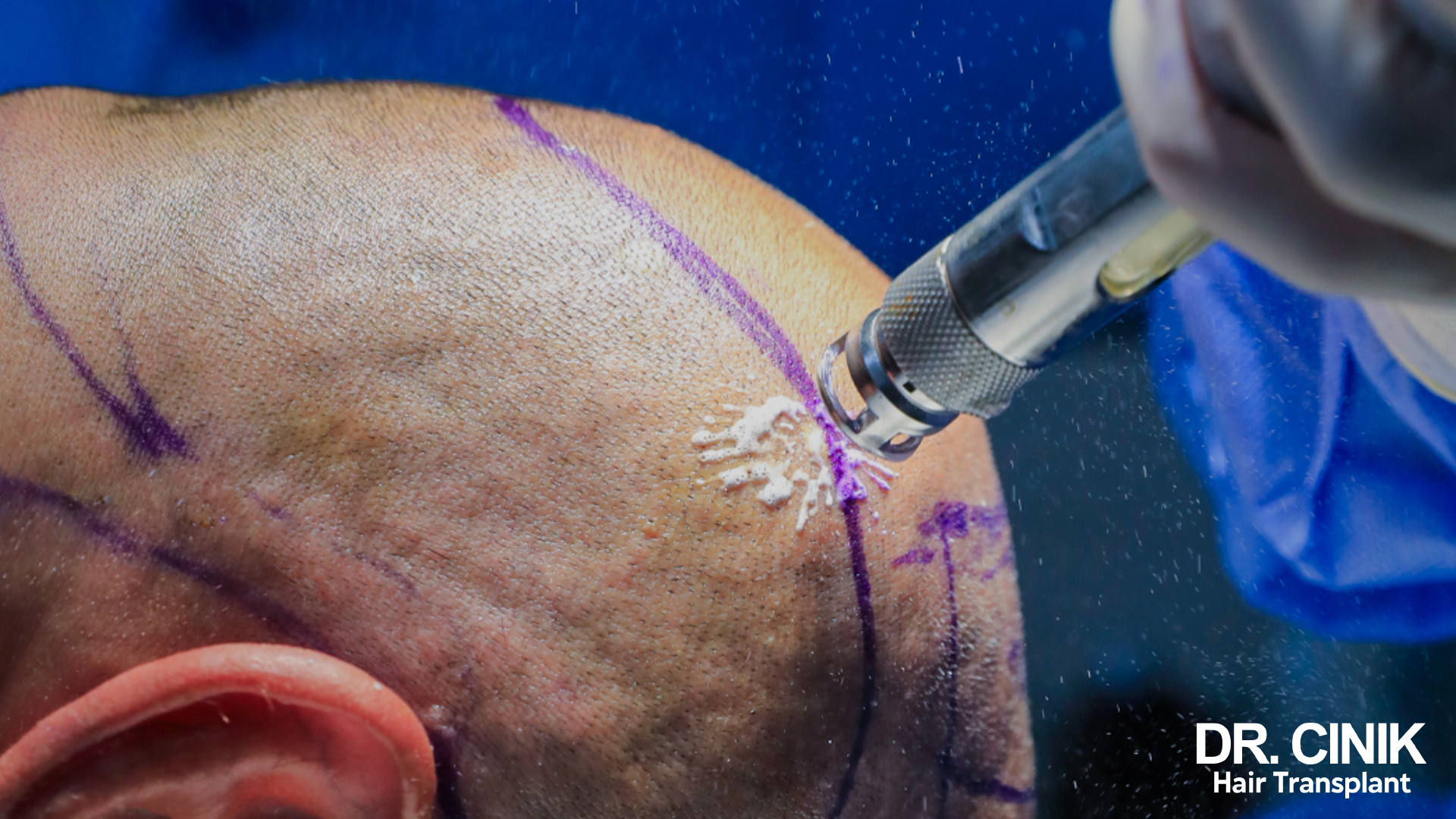
During Graft Extraction (Donor Area)
When grafts are extracted, the donor area has already been numbed by anaesthesia. Patients do not feel pain during hair follicle harvesting, though they may experience tingling or pressure sensations.
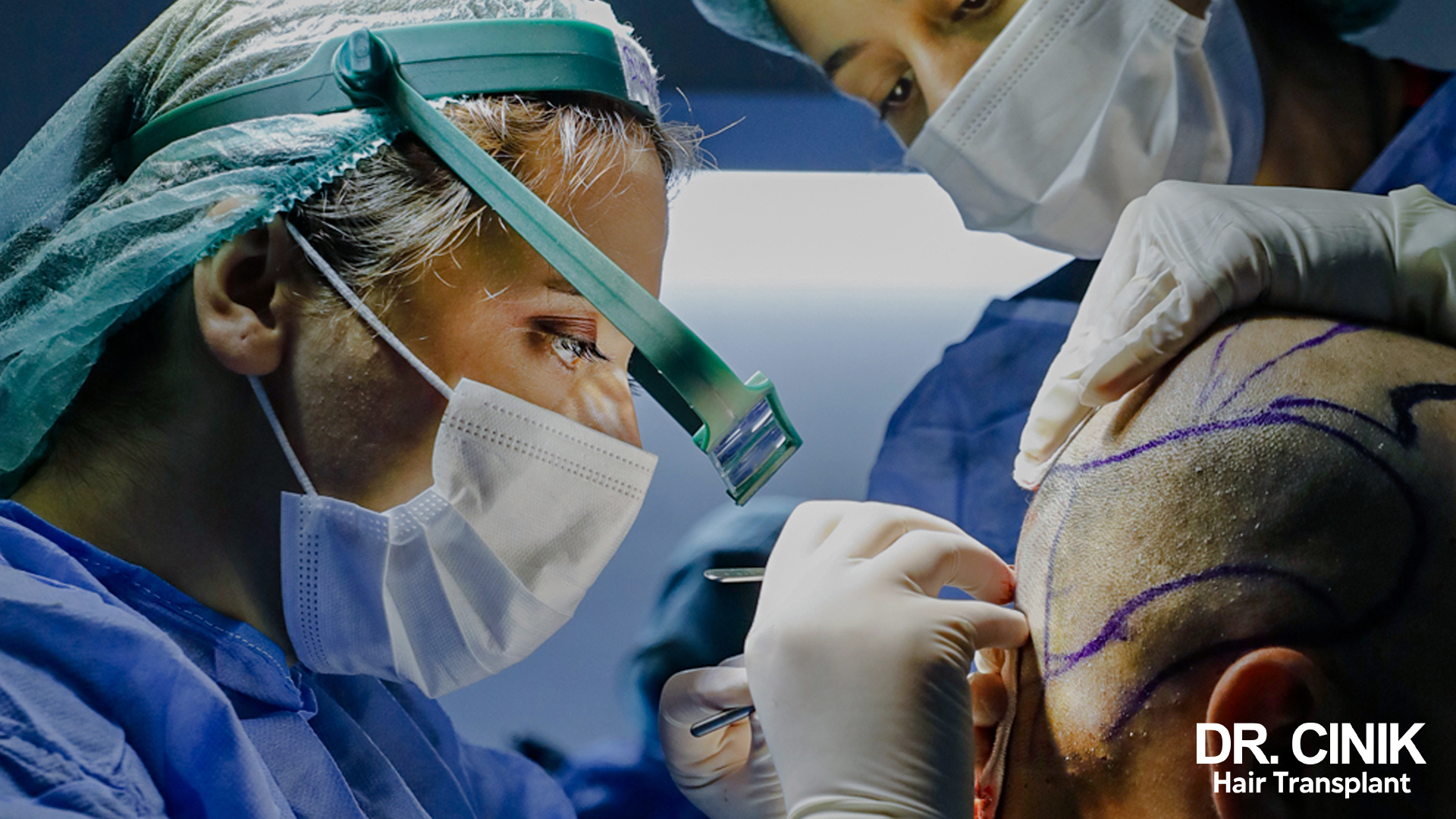
During Graft Implantation
The implantation of grafts, where follicles are inserted into bald areas, is also painless due to the anaesthetic preparation of the recipient area. Patients may feel slight pressure when inserting the grafts, usually without pain.
After the Operation: What Pain and For How Long?
In the Hours Following the Intervention
Slight pain may be felt once the anaesthesia wears off, accompanied by a feeling of tightness and tingling. These symptoms are usually managed effectively with prescribed painkillers.
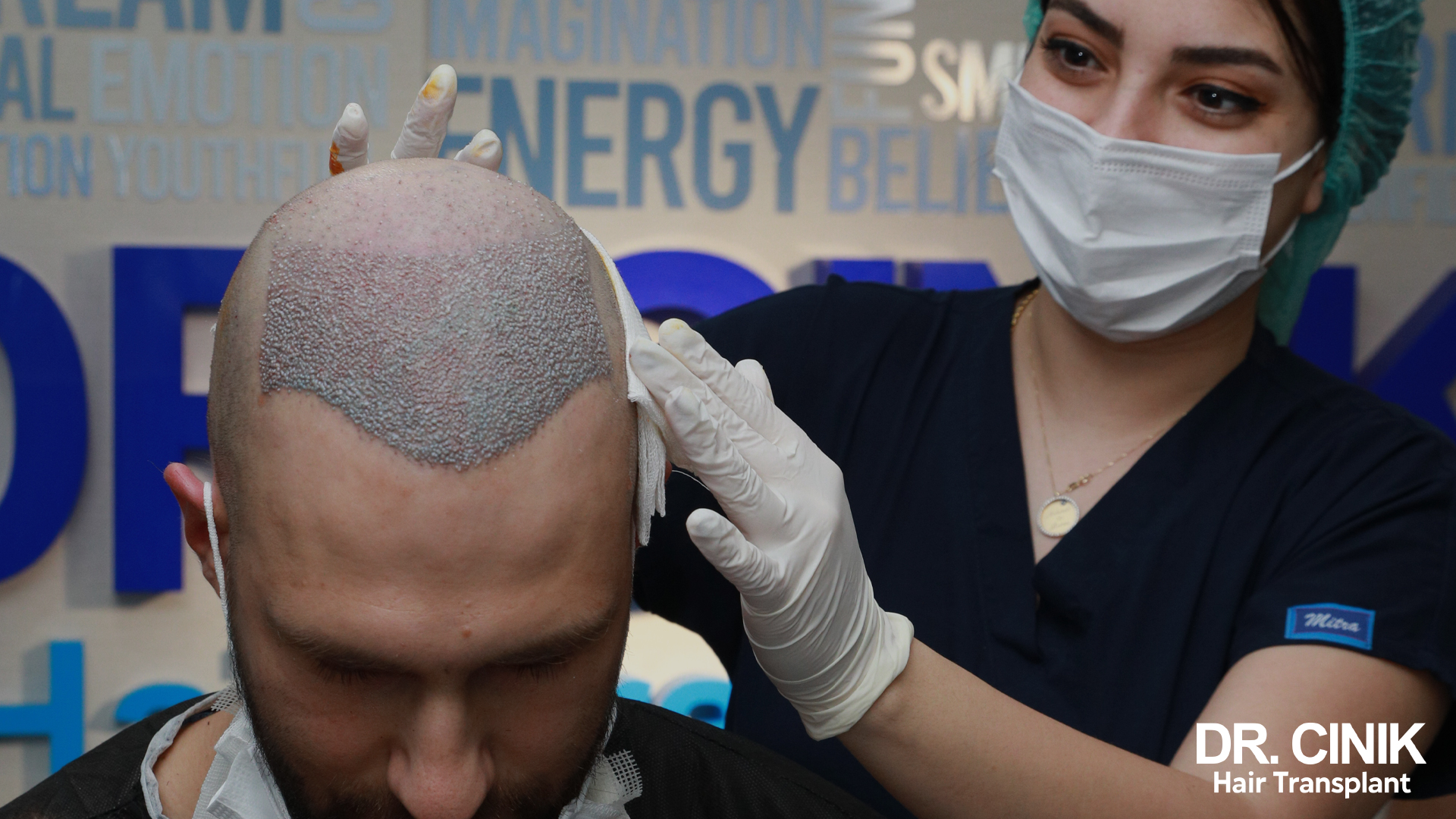
In the Following Days
Over the days, patients notice a gradual reduction in painful sensations. Itching may occur during healing but is generally considered a sign of normal healing. On average, postoperative pain fades significantly within 2 to 3 days.
Beyond 7 Days: What to Do in Case of Persistent Pain?
If intense pain persists after a week despite painkillers, or if other alarming symptoms appear, contact your surgeon. These pains could indicate an inflammation or infection requiring medical evaluation and treatment.
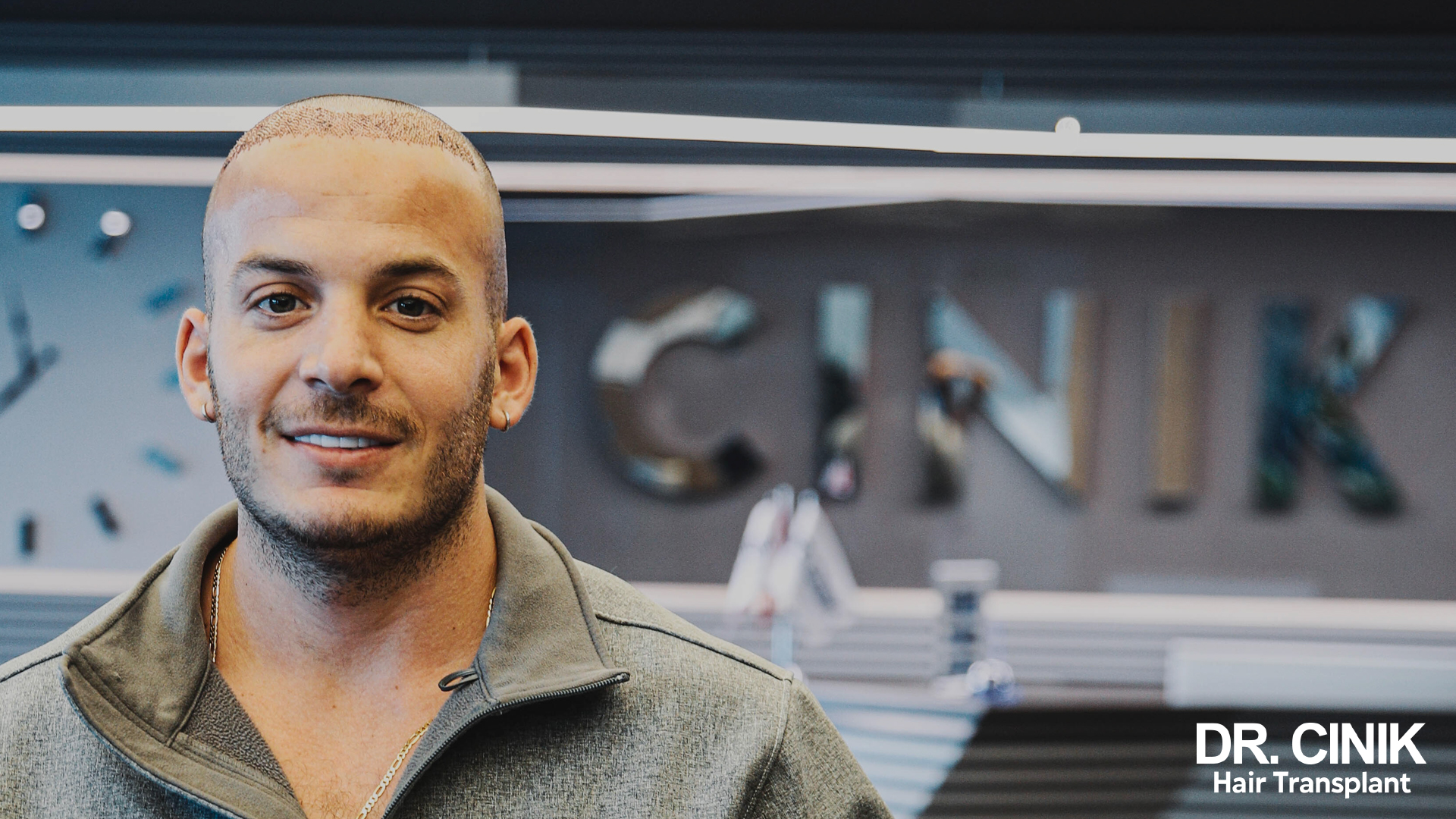
How to Minimize Pain?
The Choice of a Modern Minimally Invasive Technique (FUE)
The grafting technique greatly impacts reducing discomfort. FUE (Follicular Unit Extraction) and derivatives like DHI are favoured for being minimally invasive and less painful than the older FUT (Follicular Unit Transplantation) method. FUE’s major advantage is the absence of a painful linear scar on the donor area, which generally results in faster, less problematic healing.
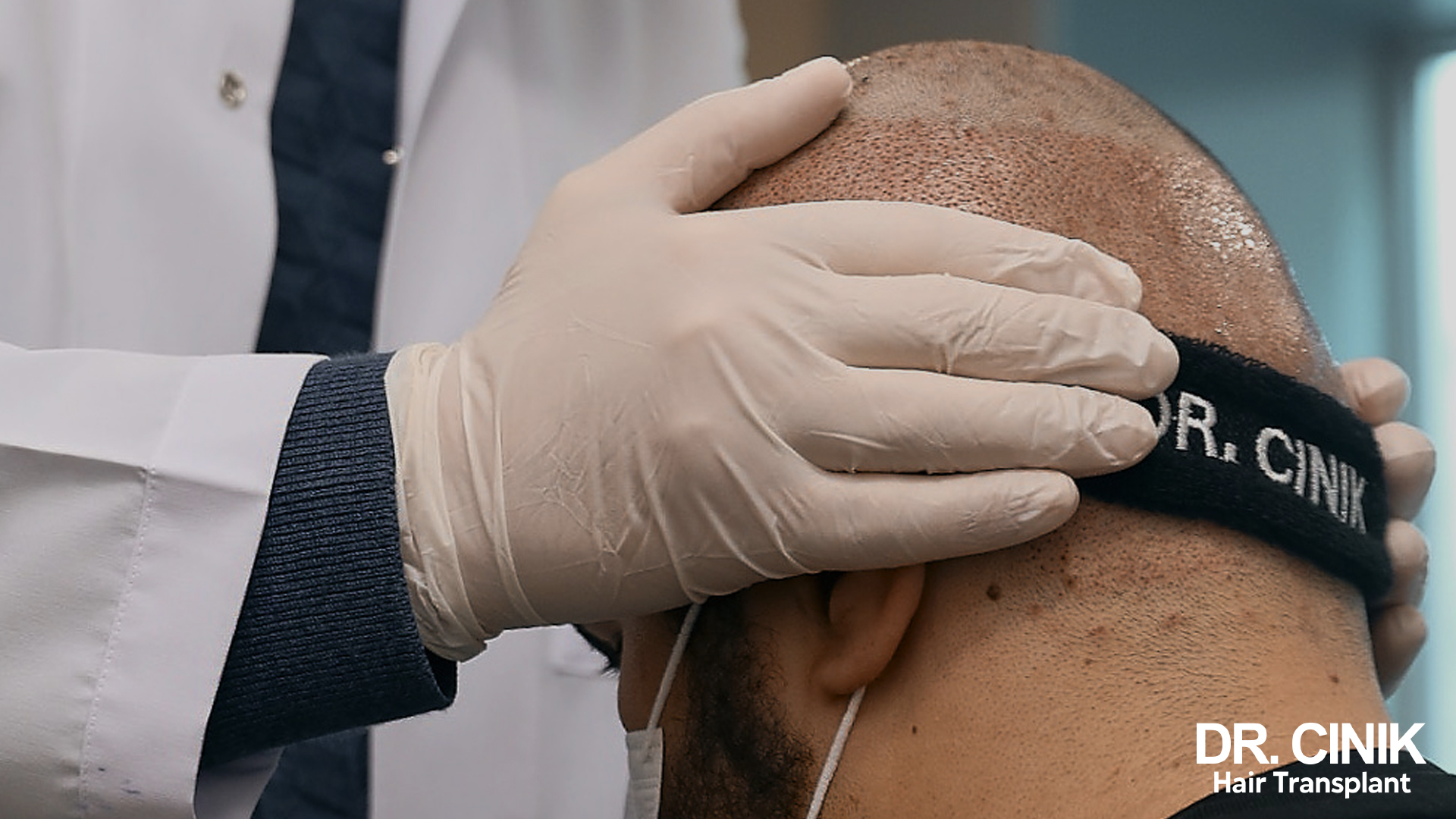
Good Pain Management by the Doctor
Une gestion efficace de la douleur après la procédure est assurée par le chirurgien capillaire qui prescrit généralement des antalgiques et des anti-inflammatoires pour réduire l’inflammation et soulager la douleur. Il est essentiel de suivre la prescription médicale et de communiquer avec le médecin pour ajuster le traitement si nécessaire, assurant ainsi un confort maximal pendant la récupération.
Compliance with Post-Operative Instructions
Scrupulous respect of post-operative instructions is crucial in minimizing pain and promoting healing. This includes specific care like applying products, using mild shampoos, and avoiding activities that may hinder healing or increase pain, such as sun exposure or water immersion.
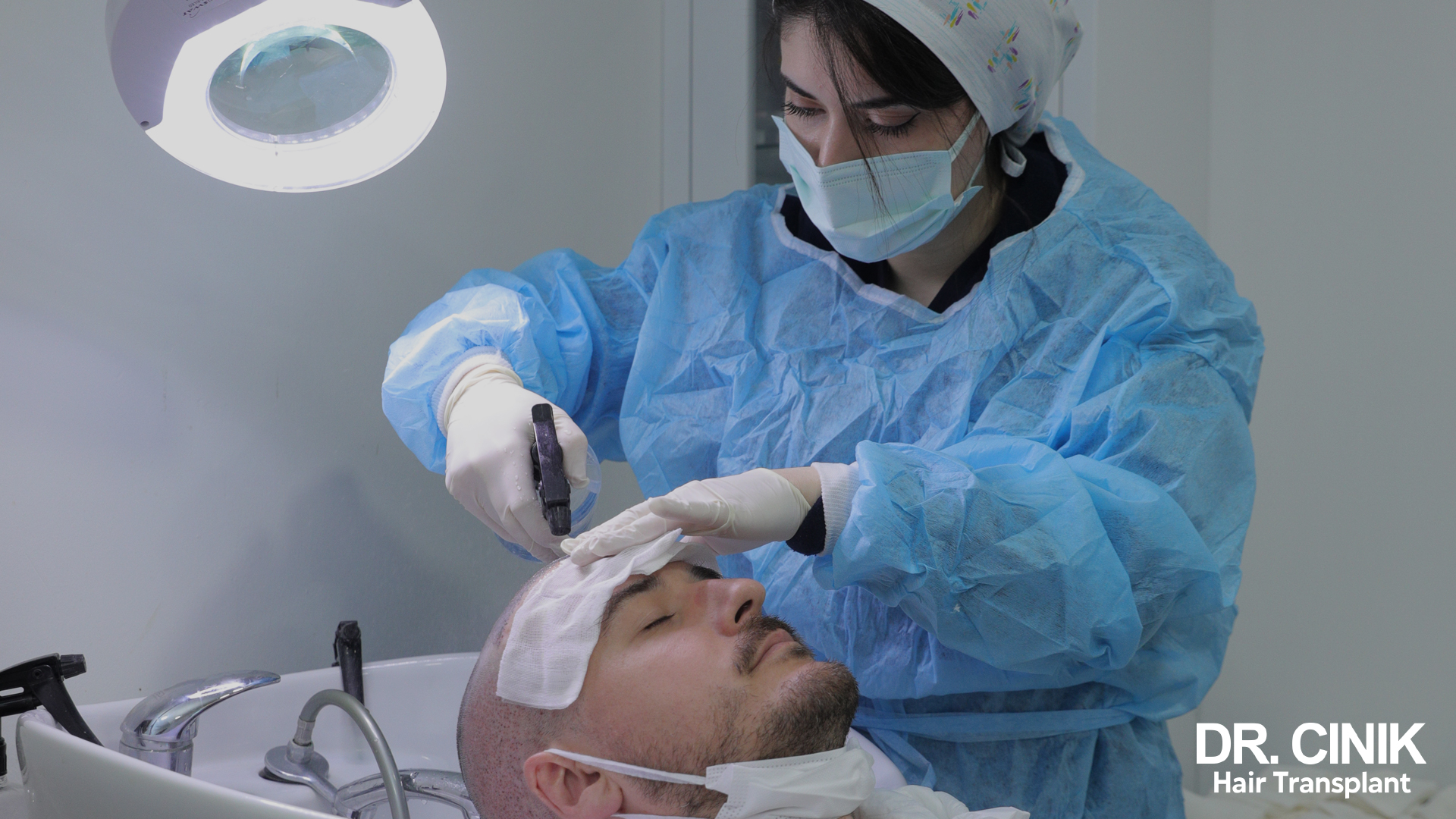
Finally, it is strongly recommended to stop smoking before and after the operation. Smoking can compromise healing and prolong postoperative pain by hindering tissue oxygenation and slowing skin repair.

Hair transplantation has evolved greatly, transforming a once feared procedure into a much more comfortable experience thanks to modern techniques. Using minimally invasive methods like FUE has made it not only more effective but also less painful. Although some discomfort after surgery is normal, it is usually brief and manageable with medication and specialist advice.
If abnormal or prolonged pain occurs, consult your doctor to ensure comfort, monitor healing, and prevent possible complications. Meticulous adherence to post-operative instructions is essential to minimise pain and promote rapid, uneventful healing.
 en
en
